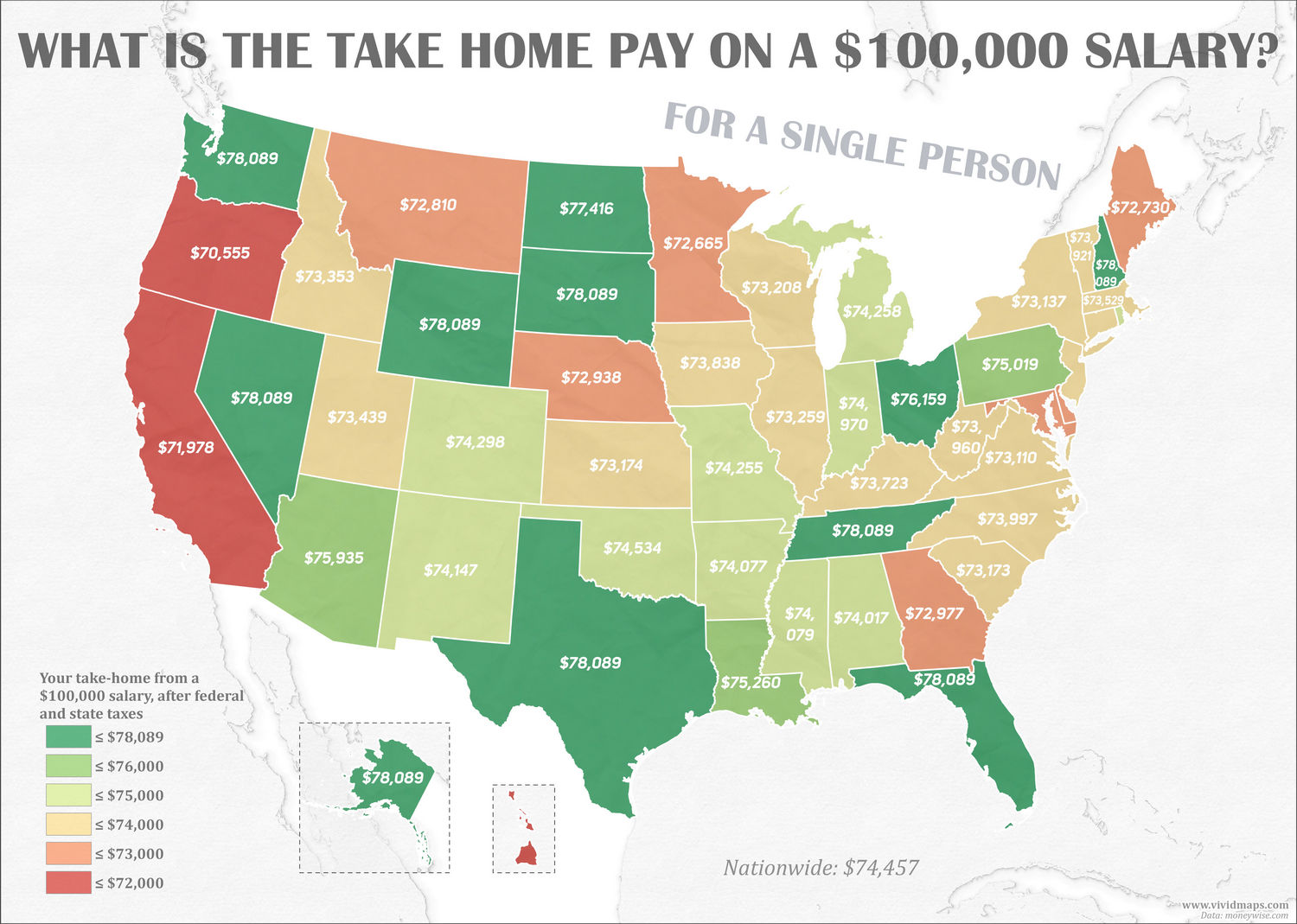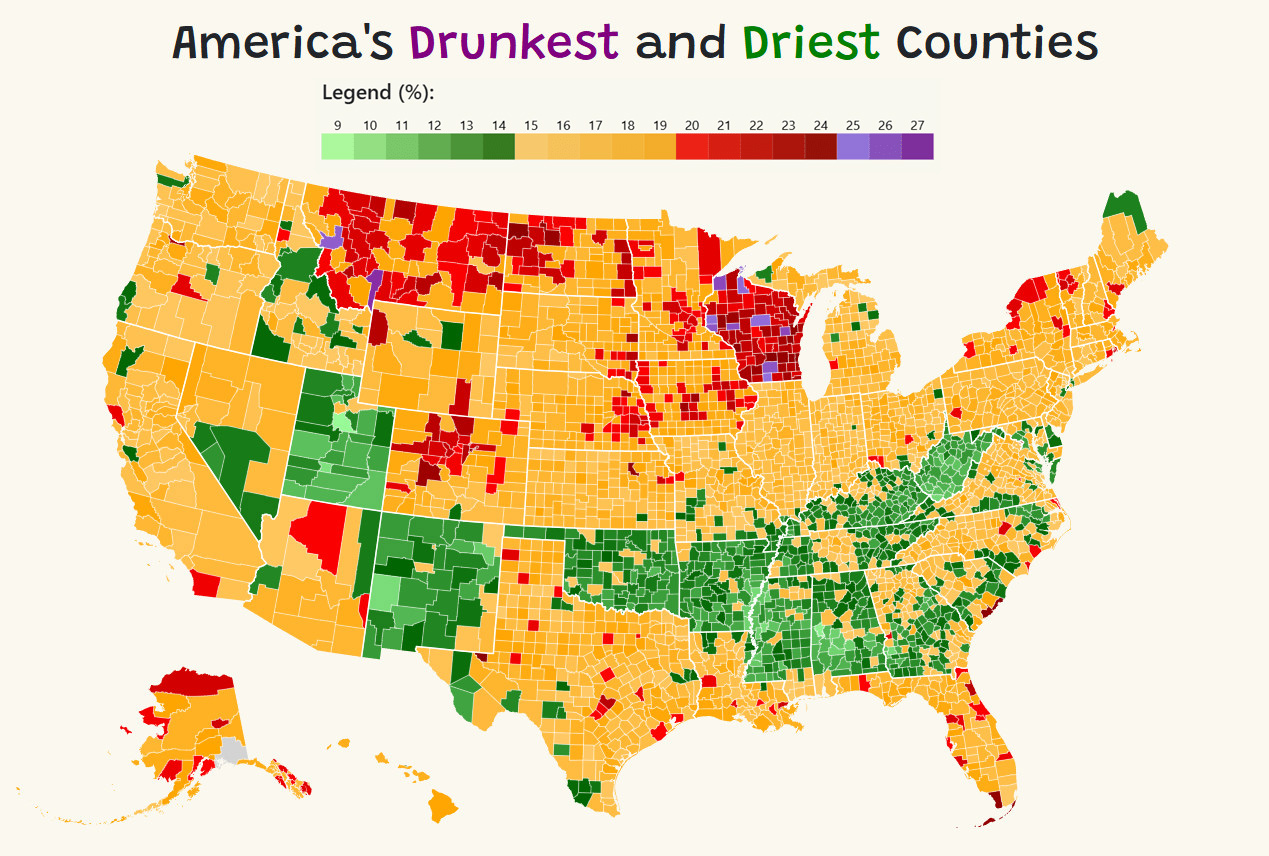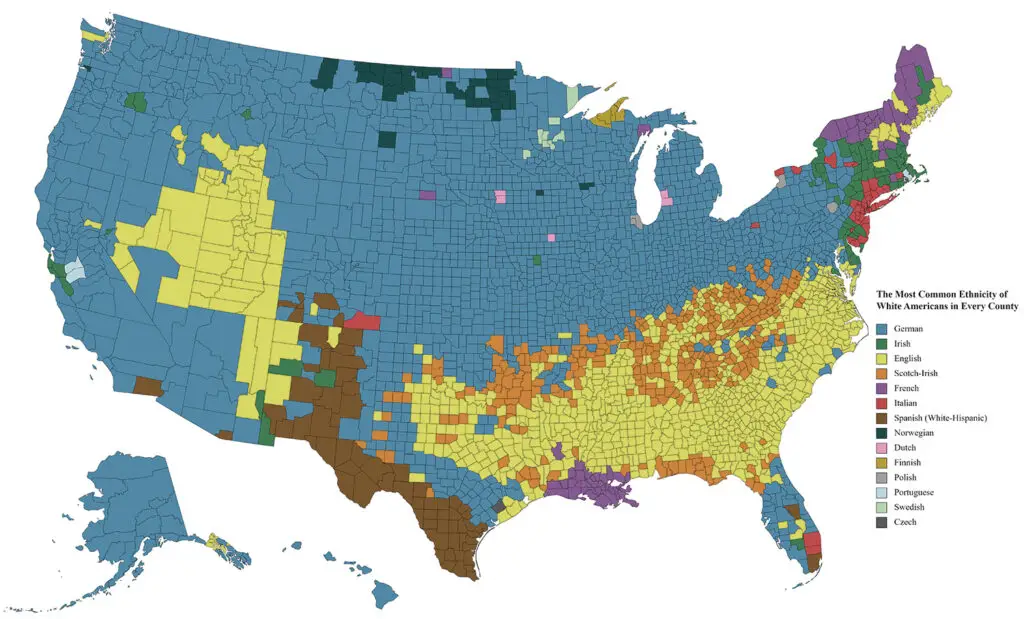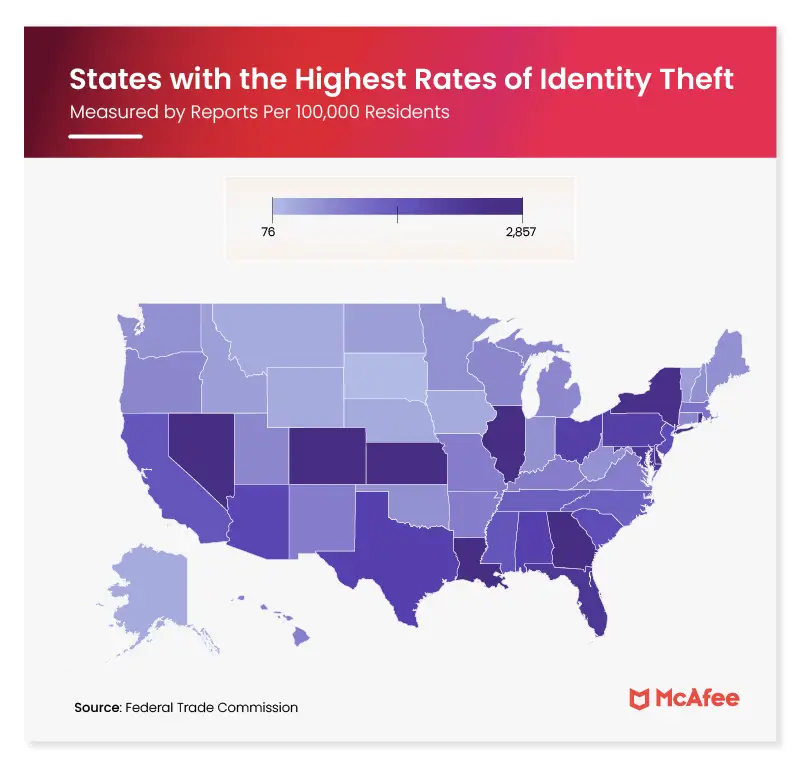Exploring Sugar Consumption in the United States: A Geographic Perspective
Have you ever wondered how your daily sugar intake compares to that of others across the United States? Sugar consumption varies significantly from state to state, and understanding these patterns can reveal crucial insights into regional health trends. In this article, we’ll take a closer look at the geographic distribution of sugar consumption, illustrated by a detailed map of the United States, and delve into the health implications of our sweet habits. Join us as we uncover how much sugar Americans consume, the consequences of excessive intake, and practical tips to help reduce sugar consumption.
Understanding the spatial distribution of sugar consumption can help us grasp the broader health implications across the country. The map of the United States below shows the estimated daily sugar intake by state, revealing significant regional variations. For example, states like Kentucky and Mississippi have some of the highest sugar intakes, while states like Oregon and Washington have some of the lowest. This map was created based on data from the scientific article “Consumption of Added Sugars by States and Factors Associated with Added Sugars Intake among US Adults in 50 States and the District of Columbia-2010 and 2015”.
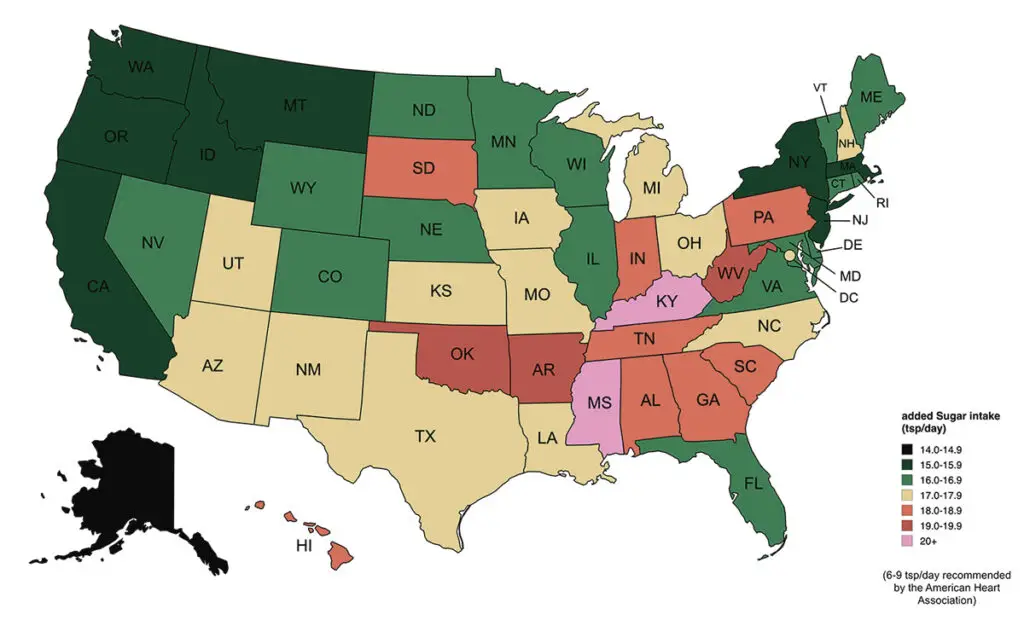
The following table provides a detailed breakdown of estimated mean dietary-added sugars intake (teaspoons per day) among U.S. adults aged 18 or older, by state.
| Rank | State | Estimated Dietary Added Sugars Intake (tsp/Day) |
|---|---|---|
| 1 | Kentucky | 21.2 |
| 2 | Mississippi | 20 |
| 3 | Oklahoma | 19.8 |
| 4 | Arkansas | 19.3 |
| 5 | West Virginia | 19.1 |
| 6 | South Dakota | 18.7 |
| 7 | Alabama | 18.7 |
| 8 | Tennessee | 18.5 |
| 9 | South Carolina | 18.4 |
| 10 | Hawaii | 18.3 |
| 11 | Indiana | 18.1 |
| 12 | Georgia | 18.1 |
| 13 | Pennsylvania | 18 |
| 14 | Michigan | 17.9 |
| 15 | Kansas | 17.8 |
| 16 | North Carolina | 17.8 |
| 17 | Iowa | 17.7 |
| 18 | Ohio | 17.6 |
| 19 | District of Columbia | 17.6 |
| 20 | Louisiana | 17.6 |
| 21 | Texas | 17.5 |
| 22 | Arizona | 17.3 |
| 23 | Utah | 17.1 |
| 24 | New Hampshire | 17 |
| 25 | Missouri | 17 |
| 26 | New Mexico | 17 |
| 27 | Illinois | 16.9 |
| 28 | Maryland | 16.9 |
| 29 | Nebraska | 16.8 |
| 30 | Colorado | 16.8 |
| 31 | Virginia | 16.7 |
| 32 | Wyoming | 16.7 |
| 33 | North Dakota | 16.6 |
| 34 | Connecticut | 16.5 |
| 35 | Nevada | 16.4 |
| 36 | Minnesota | 16.2 |
| 37 | Delaware | 16.2 |
| 38 | Florida | 16.2 |
| 39 | Maine | 16.1 |
| 40 | Rhode Island | 16.1 |
| 41 | Wisconsin | 16.1 |
| 42 | Vermont | 16 |
| 43 | Massachusetts | 15.9 |
| 44 | New York | 15.9 |
| 45 | New Jersey | 15.8 |
| 46 | California | 15.7 |
| 47 | Idaho | 15.6 |
| 48 | Montana | 15.4 |
| 49 | Washington | 15.4 |
| 50 | Oregon | 15 |
Over the past few decades, sugar consumption in the United States has been closely monitored and analyzed. According to a study published in the Journal of the Academy of Nutrition and Dietetics, there have been fluctuations in sugar intake levels, with a noticeable peak in the late 1990s and early 2000s, followed by a gradual decline in more recent years. Despite these changes, many Americans still consume more sugar than recommended.
Health Implications of Excess Sugar Consumption
Consuming excessive amounts of sugar can have serious health consequences. High sugar intake is linked to various health issues, including obesity, type 2 diabetes, heart disease, and dental problems. According to the American Heart Association, the recommended daily intake of added sugars is no more than 6 teaspoons (25 grams) for women and 9 teaspoons (38 grams) for men. Exceeding these limits can lead to significant health risks.
- Obesity: Excess sugar, especially from sugary drinks, contributes to weight gain and obesity. Obesity, in turn, increases the risk of developing type 2 diabetes, heart disease, and other chronic conditions.
- Type 2 Diabetes: High sugar intake can lead to insulin resistance, a precursor to type 2 diabetes. The Centers for Disease Control and Prevention (CDC) reports that diabetes affects over 38.4 million Americans, and excessive sugar consumption is a major contributing factor.
- Heart Disease: Diets high in added sugars have been associated with an increased risk of heart disease. Studies have shown that high sugar intake can raise blood pressure and increase chronic inflammation, both of which are pathological pathways to heart disease.
- Dental Health: Sugar is a major cause of tooth decay. Bacteria in the mouth feed on sugars, producing acids that erode tooth enamel, leading to cavities and other dental issues.
Tips to Reduce Sugar Intake
Reducing sugar intake can significantly improve overall health. Here are some practical tips:
- Read Labels: Check nutrition labels for added sugars. Ingredients are listed by quantity, so look out for sugars listed among the first few ingredients.
- Cut Back on Sugary Drinks: Replace sugary beverages like soda and fruit juices with water, unsweetened tea, or sparkling water.
- Choose Natural Sweeteners: Opt for natural sweeteners like stevia or monk fruit, which do not raise blood sugar levels.
- Eat Whole Foods: Whole foods such as fruits, vegetables, and whole grains contain natural sugars and are more nutritious.
- Cook at Home: Preparing your own meals allows you to control the amount of sugar added to your food.
To deepen your understanding of the geographical and health implications of sugar consumption, consider exploring these products available on Amazon:
- The Case Against Sugar
- Glucose Revolution: The Life-Changing Power of Balancing Your Blood Sugar
- Nutrition and Physical Degeneration: A Comparison of Primitive and Modern Diets and Their Effects



